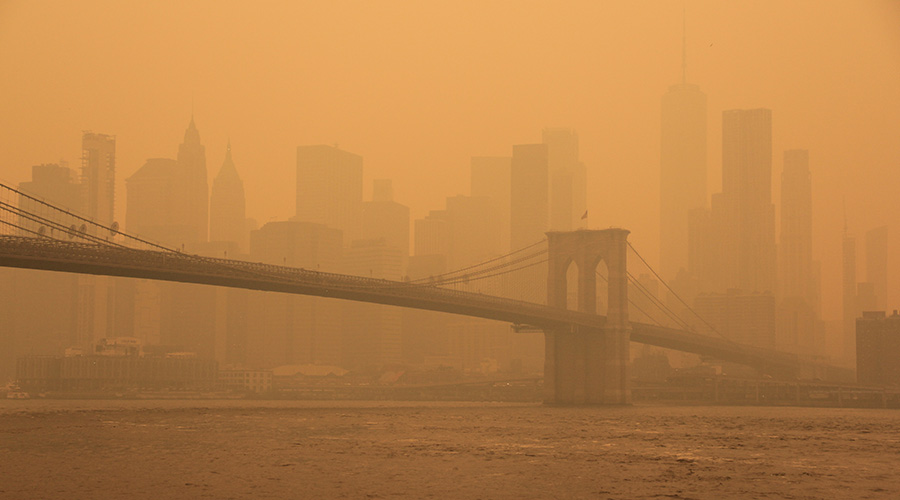EPA Guidance Targets PCBs in Caulk in K-12 Schools
The EPA has announced actions managers in K-12 schools should take to reduce exposure to polychlorinated biphenyls often contained in caulk
The U.S. Environmental Protection Agency (EPA) has announced actions facility managers in K-12 schools should take to reduce exposure to polychlorinated biphenyls (PCB) often contained in caulk.
The agency also is conducting new research to better understand the risks from caulk-containing PCBs. Many buildings constructed or renovated between 1950 and 1978 contain these materials. This research will guide EPA in making recommendations on long-term measures to minimize exposure, as well as steps to prioritize and carry out actions to remove the caulk.
PCBs are man-made chemicals widely used in construction materials and electrical products until 1978. PCBs can affect the immune system, reproductive system, nervous system, and endocrine system, and they can cause cancer if they build up in the body over long periods.
For managers in charge of buildings erected or renovated between 1950 and 1978, EPA recommends trying to minimize exposure to potentially contaminated caulk by:
• cleaning air ducts
• improving ventilation by opening windows and using or installing exhaust fans where possible
• cleaning frequently to reduce dust and residue
• using a wet or damp cloth or mop to clean surfaces
• avoiding sweeping with dry brooms and minimizing the use of dusters near potential PCB-containing caulk
• using vacuums with high-efficiency particulate air filters
• washing hands with soap and water often, particularly before eating and drinking.
EPA also recommends testing peeling, brittle, cracking or deteriorating caulk directly for the presence of PCBs and removing the caulk if PCBs are present at significant levels. Owners and managers also can assume the PCBs are present and remove deteriorating caulk.
Owners and managers also should consider testing to determine if PCB levels in the air exceed EPA’s suggested public health levels. If testing reveals PCBs above these levels, managers should be especially vigilant in implementing and monitoring ventilation and hygienic practices to minimize exposures.
Owners and managers are encouraged to retest PCB levels to determine whether these practices reduce potential PCB exposures. Should these practices not reduce exposure, trained workers should remove caulk and other known sources of PCBs as soon as practical.
The agency has created a Web site with updated information on this issue. Managers also can call an EPA hotline, (888) 835-5372.
Related Topics:












